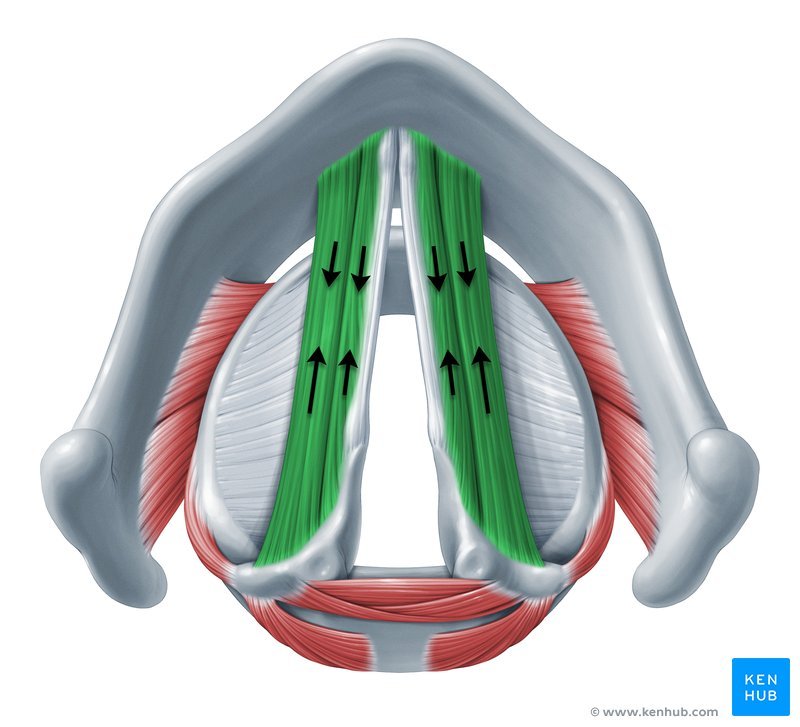Unlocking the Full Potential of Your Voice: A Guide to Building Strength and Control
Have you ever found yourself struggling to access certain parts of your voice? Whether you're a singer who excels in head voice but falters in the chest voice, or someone with power and presence but struggles with a lighter, softer tone, you're not alone. This common issue among singers can be addressed through dedicated practice and training. In this guide, we'll explore the reasons behind these struggles and provide practical exercises to help you gain control over all aspects of your voice.
Understanding the Challenge:
The voice tends to be a creature of habit. We naturally gravitate towards using the parts of our voice that feel most comfortable, leading to an imbalance in muscle development. If you find yourself favouring your head voice, for instance, the muscles associated with your chest voice may lack control. Vise versa, if you find yourself favouring your chest voice the muscles associated with your head voice may lack strength and control. Recognizing this is the first step toward addressing the issue.
The Anatomy Behind These Issues: Thyroarytenoid Muscle (Chest Voice):
This muscle shown in the image above is your thyroarytenoid muscle. It runs along the inside of the vocal folds acting as a bi-cep of the vocal folds. Its main purpose is to shorten the vocal folds by pulling the arytenoid (back) end of the vocal folds towards the thyroid (front). This shortens the vocal folds and thickens them up, causing them to vibrate more slowly creating a lower sound.
If we have too much of our chest voice engaged while we ascend in pitch we can send this muscle into what is known as “stretch weakness” by stretching that muscle further and further causing the muscle to thin out. This can cause tension, breath control issues, voice cracks/breaks, etc. Vise Versa, if the thyroarytenoid muscle lacks the strength needed to handle that stretch while ascending in pitch this can also cause tension, breath control issues, voice cracks, etc.
The Anatomy Behind These Issues: Cricothyroid Muscle (Head Voice):
The muscle shown in the image above is your cricothyroid muscle. It runs from the inside of your thyroid cartilage down to the outside of the cricoid cartilage and acts as a pitch regulator. These lengthen the vocal folds by pulling the thyroid cartilage down and forward on its hinge, which increases the distance between the arytenoids and the thyroid notch (the Adam's Apple), thereby lengthening and tightening the vocal folds. This causes them to vibrate faster which can raise the pitch upward.
If this muscle lacks strength or coordination it can make it difficult to bring the vocal folds together with enough closure causing the head voice to feel very weak and airy.
Building Muscle Strength:
To overcome these challenges, it's crucial to target and strengthen the specific muscles associated with the less-utilized parts of your voice. For those who lean towards falsetto, building strength in the thyroarytenoid muscle, responsible for chest voice and belt voice, is essential. Same for those who lean towards chest voice singing. You’ll need to focus on building strength in the cricothyroid muscle responsible for the head voice.
For singers who are looking to build a mixed voice you’ll need to focus on building strength and control over both of these muscles evenly so they both can work together to create the mixed voice sound you are looking for.
Exercise for Chest Voice:
To gain access to your chest voice, incorporate the "GAH" sound into your speaking voice within simple ranges. This encourages vocal fold closure, requiring effort from the muscles associated with the chest voice. With consistent practice, this exercise will gradually enhance the strength and control of your chest voice.
Exercise for Head Voice:
Conversely, if you're seeking to improve your head voice, the "GOO" sound can be beneficial. This sound creates back pressure, facilitating the opening of the throat and allowing the vocal folds to come together more easily. Over time, this exercise builds strength and coordination in the muscles associated with the head voice.
Patience and Consistency:
It's essential to understand that progress takes time and consistent effort. Immediate results may not be visible, but with dedicated practice, you can steadily gain more control over all parts of your voice. Avoid overexertion and if you experience any pain or discomfort take a break to allow your voice to rest.
Overall Vocal Technique:
In addition to targeted exercises, focusing on overall vocal technique is crucial. Pay attention to proper breathing, posture, and articulation. Learn to sing with proper resonance and projection to enhance your vocal performance.
Seeking Professional Guidance:
If you find it challenging to navigate this journey alone, consider working with a vocal coach. Their expertise can provide valuable guidance and feedback on your singing technique, ensuring you're on the right track to unlocking your full potential.
Overcoming challenges in accessing different registers of your voice is a journey that requires patience, dedication, and the right mindset. With consistent practice, proper technique, and perhaps the support of a vocal coach, you can break through these barriers and sing with strength and control, much like your favourite singers. Embrace the process and celebrate the progress as you work towards reaching your full singing potential.
Thyroarytenoid Muscle: https://www.kenhub.com/en/library/anatomy/thyroarytenoid-muscle
https://med.umn.edu/ent/patient-care/lions-voice-clinic/about-the-voice/how-it-works/anatomy#:~:text=Thyroarytenoid%20%2D%20These%20are%20the%20muscles,more%20slowly%2C%20thus%20lowering%20pitch.
Cricothyroid Muscle: https://www.kenhub.com/en/library/anatomy/cricothyroid-muscle



